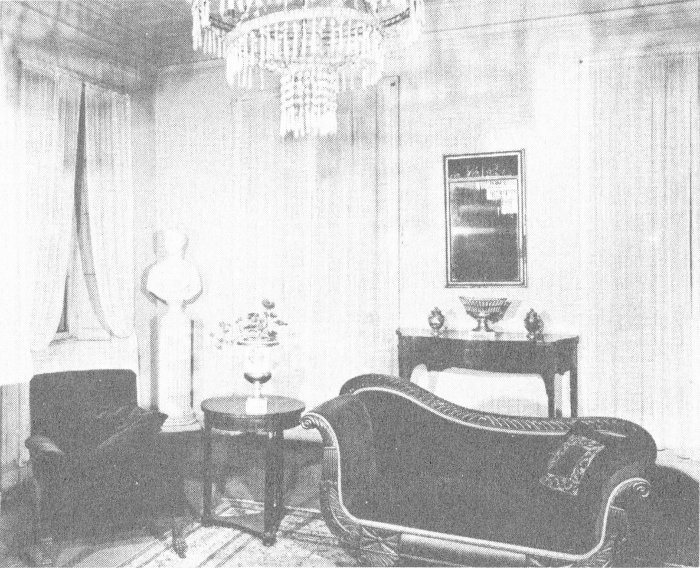
Clermont
STATE HISTORIC PARK
GERMANTOWN, NEW YORK
Robert Livingston (1654-1728), born in Scotlandand raised in The Netherlands, arrived in Albany, NewYork, during the winter of 1674-1675. Active inshipping and fur trading, he also obtained responsiblepublic and private positions and quickly gainedwealth and influence. In 1686 he was granted acharter establishing the Manor of Livingston, whichincluded 162,248 acres of land, the southern thirdof present Columbia County. Robert became the firstLord of the Manor.
In 1728 Livingston left 13,000 acres of the Manorto his third son, later known as Robert of Clermont(1688-1775). Tradition holds that this gift was ingratitude for the son’s success in rescuing his fatherfrom an Indian plot. Known as Clermont, or theLower Manor, this tract did not carry manorialprivileges. On a low plateau overlooking the HudsonRiver, the mansion of the Lower Manor wasconstructed about 1730 as the seat of the new estate.

Portrait of Chancellor Robert R. Livingston, circa 1795,attributed to Gilbert Stuart.
Robert of Clermont’s only child, also namedRobert (1718-1775), served with distinction asJudge of the Admiralty Court and Judge of theSupreme Court of the Province of New York. As adelegate to the Stamp Act Congress, he penned the2letter of protest to the King of England.

The Drawing Room.
In 1775, upon the death of Judge Livingston,Clermont passed to his eldest son, Robert R.Livingston (1746-1813), later famous as a Chancellorof New York State. In the years prior to theRevolution, he was a strong advocate of colonialrights and, as a member of the Second ContinentalCongress, was one of five nominated to draft theDeclaration of Independence.
With the outbreak of the Revolution, Clermontsupplied men and materiel to the American army.Probably because of the Chancellor’s politicalimportance and his support of the patriot cause, in1777, after burning Kingston, the British continued upthe Hudson and set fire to Clermont and all of itssurrounding outbuildings. The family and servantsescaped, however, and within a few years Clermontwas rebuilt and refurnished. Charred remnants ofthis earlier building are incorporated within thewalls of the present mansion.
Clermont’s fame rose with that of ChancellorLivingston. In 1781 he was appointed the firstUnited States Minister of Foreign Affairs and laterserved as Minister to France, negotiating withNapoleon for the Louisiana Purchase.
Chancellor Livingston originally shared Clermontwith his mother, Margaret Beekman Livingston, buthe eventually built a new house nearby which was3completed in 1794. A French-inspired building, itbecame a showplace on the Hudson. Destroyed byfire in 1909, the ruins of its remaining walls indicateits size and grandeur.
In addition to his public duties, the Chancellorwas involved in experiments to improve his breeds ofsheep and to increase the yield of crops on his landwhile retaining the fertility of the soil. Hisfascination for mechanical developments drew him